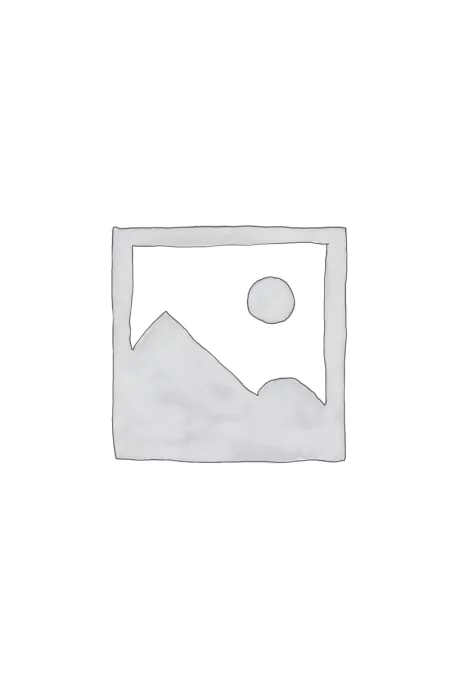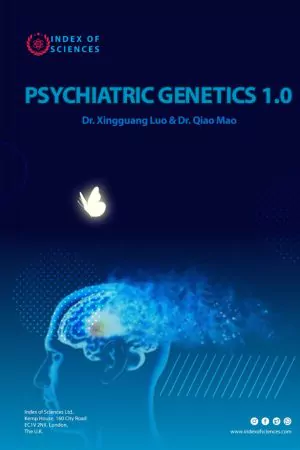Description
This book covers Dr. Kumar’s journey of his most relevant and important research that has been
frequently cited by international communities in the field. His research journey is comprised of
five different phases starting from the year 2000 to 2020, which are covered in five different
sections.
Section I includes Dr. Kumar’s research on engineering of mammalian cytochrome P450
enzymes for their use in biotechnology, medicine, and bioremediation. In this section, Dr.
Kumar describes the molecular basis of cytochrome P450 (CYP) engineering and provides
several examples of engineered mammalian CYP enzymes for enhanced enzyme activity,
stability, and tolerance to organic solvents. These engineered CYP enzymes could be developed
further for industrial synthesis, medicine, and bioremediation. Although Dr. Kumar did not
pursue this line of work later, the concept of engineering of CYP enzymes, especially bacterial
enzymes, became extremely relevant and important for industrial synthesis of small molecules
and drug design. In fact, Dr. Frances Arnold from The Caltech University, who has been leading
CYP engineering since 1995, won the Nobel prize for her work in 2018.
Section II includes Dr. Kumar’s research on the role of CYP enzymes on smoking- and alcohol-
induced HIV pathogenesis, response to antiretroviral therapy (ART), and NeuroAIDS. This line
of study is extremely relevant for HIV populations because the prevalence of alcohol drinking
and tobacco smoking is much higher in HIV populations than in normal populations. Through
this research, Dr. Kumar established a link between CYP enzyme-mediated oxidative stress and
HIV pathogenesis, which was further exacerbated in the presence of alcohol drinking and
tobacco smoking. He also established the role of CYP enzymes on drug-drug interactions
between ART drugs and alcohol and tobacco constituents that potentially cause a reduced effect
of ART drugs.
Section III includes Dr. Kumar’s research on the role of extracellular vesicles (EVs) or exosomes
on cell-cell interactions. EVs or exosomes, being natural nanovesicles and secreted from all
cells/tissues in the body, have been implicated in communication between organs when the cells
or body are exposed to external stimuli. Through his research, Dr. Kumar’s group is the first one
to show the abundance of CYP enzymes in plasma-derived exosomes. In addition, they showed
the potential role of these and other enzymes in intercellular communication in the case of HIV
pathogenesis and drug abuse. This ongoing project has immense value in understanding the
biology of EVs in terms of EV-mediated transport of drug metabolic and oxidative stress-related
enzymes or factors in the body.
Section IV includes the discovery of plasma EVs/exosomes or their components as potential
biomarkers for HIV and drugs of abuse. The use of plasma EVs/exosomal biomarkers is
relatively easy and cost-effective for early diagnosis and prognosis of many diseases or
conditions, especially related to the brain. In this section, Dr. Kumar describes the identification
of potential cytokines/chemokines and other proteins in plasma EVs that are altered under HIV
and/or alcohol drinking and tobacco smoking conditions. These EV components, along with
other newly discovered factors, have the potential to be developed as biomarkers for early
diagnosis of HIV pathogenesis and HAND in HIV individuals and individuals who also drink
alcohol or smoke tobacco.
Section V includes the development of precision medicine using nanotechnology to effectively
treat HIV in the brain and reduce neuroinflammation and neuronal damage. Since ART drugs do
not enter the brain, and persistent HIV in the brain causes neuroinflammation and neuronal
damage leading to HAND, it is imperative to find alternate treatment strategies to combat HIV
in brain cells. The Kumar group is in the process of establishing nanomedicine approaches using
both artificial and natural nanoparticles, including EVs/exosomes, to deliver ART and
chemodietary agents to suppress HIV in the brain. Recently, the group has shown the utility of
artificial nanoparticles to deliver an ART drug, elvitegravir, and suppress HIV in the mouse
brain. Nanomedicine using EVs as drug carriers is a new technology that has the potential to
encapsulate proteins, mRNA, miRNA, and small drug molecules, cross the blood-brain barrier,
and deliver cargo inside brain cells. The Kumar group is actively engaged in utilizing EVs for the
delivery of ART drugs and chemodietary agents to the brain for HIV suppression and reduction
in the prevalence of HAND.


